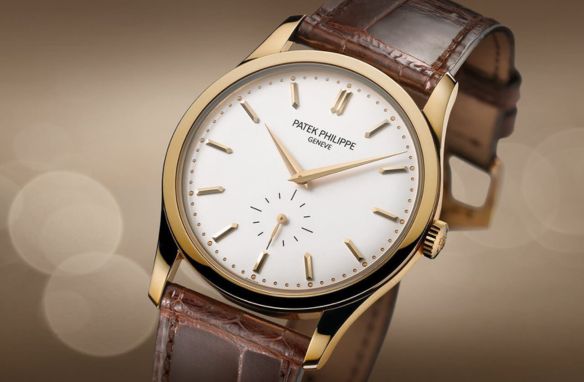Introduction
Watches are more than just tools for telling time; they are reflections of our history, culture, and personal style. From the early pocket watches to the sophisticated smartwatches of today, the evolution of timepieces offers a fascinating glimpse into technological advancements, design trends, and societal changes. Join us on a journey through the ages as we explore the development of watches and how they have shaped and been shaped by the times.
The Birth of Timekeeping: Pocket Watches of the 16th-18th Centuries

- Description: Pocket watches were among the earliest portable timepieces, emerging in the 16th century. They were primarily crafted by skilled artisans and were considered a symbol of status and sophistication.
- Key Features:
- Design: Typically housed in a protective case with a hinged cover.
- Mechanism: Powered by a manual winding movement, often featuring intricate craftsmanship and decorative elements.
- Significance: Represented advancements in precision and portability.
- Notable Examples:
- Nicolas Rieussec’s Chronograph (1821): One of the earliest examples of a chronograph, used for timing events.
The Dawn of Wristwatches: Early 20th Century Innovations
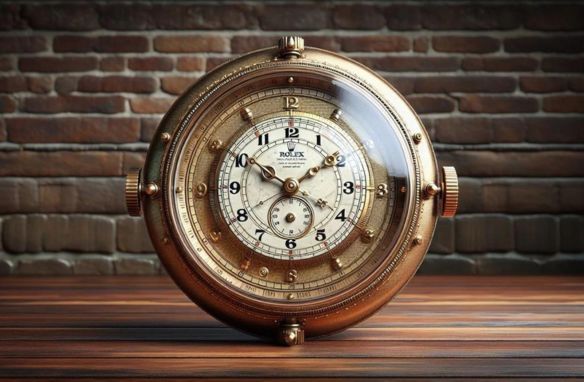
- Description: Wristwatches began to gain popularity in the early 20th century, initially worn by women and later embraced by men, particularly during World War I for their practicality.
- Key Features:
- Design: Smaller and more wearable than pocket watches, often with a strap or bracelet.
- Mechanism: Early wristwatches featured manual winding movements, with the introduction of automatic movements enhancing convenience.
- Significance: Represented a shift towards practicality and everyday wear.
- Notable Examples:
- Rolex Oyster (1926): The first waterproof wristwatch, introducing the concept of a sealed case.
The Quartz Revolution: 1970s to 1980s
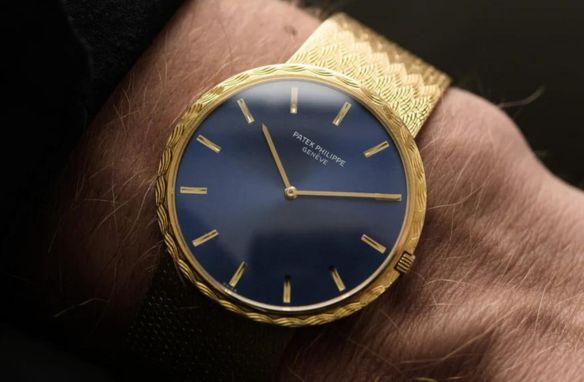
- Description: The Quartz Crisis of the 1970s marked a major turning point in watchmaking, with the advent of quartz technology revolutionizing the industry. Quartz watches offered unprecedented accuracy and affordability.
- Key Features:
- Design: Often characterized by digital displays or simple analog dials with quartz movements.
- Mechanism: Utilized a battery-powered quartz crystal to regulate timekeeping, drastically reducing the need for mechanical parts.
- Significance: Made watches more accessible to a broader audience and prompted traditional watchmakers to innovate.
- Notable Examples:
- Seiko Quartz Astron (1969): The world’s first quartz wristwatch, marking the beginning of the quartz era.
The Revival of Mechanical Watches: Late 20th Century to Present
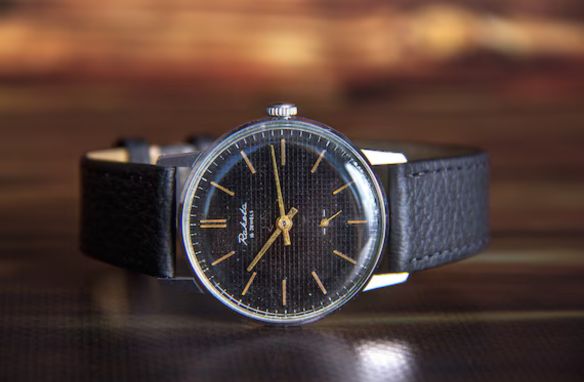
- Description: Despite the dominance of quartz watches, mechanical timepieces experienced a resurgence in the late 20th century as collectors and enthusiasts began to appreciate their craftsmanship and tradition.
- Key Features:
- Design: Emphasis on intricate mechanical movements, traditional craftsmanship, and classic aesthetics.
- Mechanism: Features manual or automatic winding mechanisms, often showcasing elaborate complications.
- Significance: Celebrated the artistry and heritage of traditional watchmaking.
- Notable Examples:
- Patek Philippe Calatrava (1932): A timeless dress watch known for its simplicity and elegance.
The Digital Age: Smartwatches and Modern Innovations
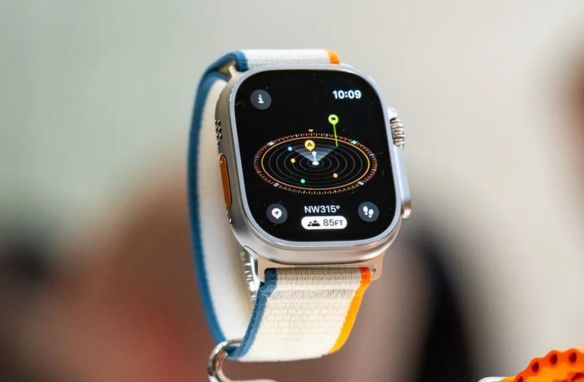
- Description: The 21st century has seen the rise of smartwatches, blending traditional watch functions with advanced technology. These devices offer a range of features beyond timekeeping, including health monitoring, connectivity, and app integration.
- Key Features:
- Design: Combines digital displays with various health and connectivity features.
- Mechanism: Powered by sophisticated electronics and sensors, often featuring touchscreens and wireless capabilities.
- Significance: Represents the convergence of technology and fashion, offering a new dimension to timekeeping.
- Notable Examples:
- Apple Watch Series: Known for its extensive health and connectivity features.
- Samsung Galaxy Watch: Offers robust health tracking and smart functionalities.
The Future of Watches: Emerging Trends and Innovations
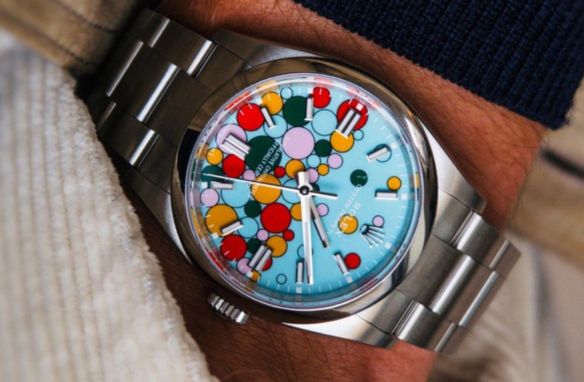
- Description: The future of watchmaking promises exciting developments, including advancements in materials, technology, and design. Emerging trends suggest a continued blending of traditional craftsmanship with cutting-edge technology.
- Trends to Watch:
- Sustainable Materials: Increasing use of eco-friendly materials and ethical practices in watchmaking.
- Augmented Reality (AR): Potential integration of AR technology to enhance watch functionalities.
- Advanced Health Monitoring: Continued innovation in wearable technology for health and wellness tracking.
Conclusion
The journey of watches through the ages reflects the evolution of technology, design, and personal style. From the ornate pocket watches of the past to the high-tech smartwatches of today, each era has left its mark on the world of horology. As we look to the future, the timeless appeal of watches will continue to captivate and inspire, blending tradition with innovation in new and exciting ways.


